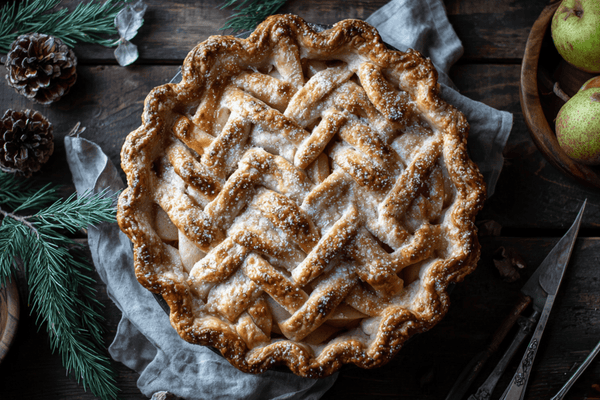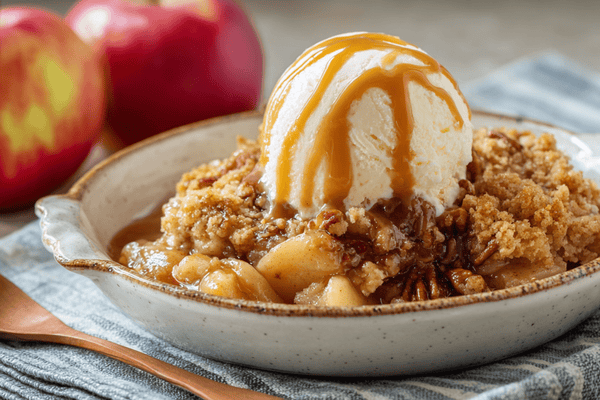
Paella is a traditional Spanish dish that has become popular all over the world. It consists of saffron-infused rice, vegetables, and meat or seafood, all cooked together in a large, shallow pan. While the ingredients in paella can vary, one aspect that is always present is the socarrat.
The socarrat is the caramelized layer of rice that forms on the bottom of the pan. It is crispy, golden brown, and full of flavor. Many paella enthusiasts consider the socarrat to be the most important part of the dish. In this article, we will explore everything you need to know about the socarrat and how to achieve the perfect crispy layer on your paella.
Table of content
History of the Socarrat
The socarrat has been a part of paella for centuries. The dish originated in Valencia, Spain, in the mid-19th century. Paella was traditionally cooked over an open fire, which made it difficult to achieve the perfect balance of textures. But the locals discovered that by cooking the paella in a shallow, wide pan, they could create a crispy layer on the bottom of the rice. This layer was known as the socarrat, which means "burnt" in Valencian.
What is Socarrat?
Socarrat is the layer of rice that becomes crispy and caramelized on the bottom of the paella pan. It is created through a process of slow cooking and browning the rice, which allows the flavors to develop and intensify. The socarrat is an essential element of the paella and is highly sought after for its texture and taste.
The Maillard Reaction and Caramelization
The socarrat is formed through the Maillard reaction and caramelization. The Maillard reaction is a chemical process that occurs when amino acids and reducing sugars are heated together. This reaction causes browning and creates new flavor compounds that are responsible for the rich taste of the socarrat.
Caramelization, on the other hand, is a process of heating sugar until it turns brown and creates a nutty flavor. In paella, caramelization occurs when the rice is heated and browns, creating a crispy layer on the bottom of the pan.
How to Achieve Perfect Socarrat
Achieving the perfect socarrat requires some practice and patience. Here are some tips to help you get it just right:
Use the Right Pan
The type of pan you use can make a big difference in achieving socarrat. A carbon steel or stainless steel pan is recommended for the best results. Avoid using a non-stick pan, as the coating can make it more challenging to achieve the crispy layer.
Don't Stir the Rice
Stirring the rice too much can prevent the socarrat from forming. Once you have added the rice to the pan, leave it alone and let it cook undisturbed. This will allow the rice to form a crispy layer on the bottom of the pan.
Cook Over Low Heat
Cooking paella over low heat is essential for achieving socarrat. It allows the rice to cook slowly and evenly, which is necessary for the Maillard reaction and caramelization to occur.
Listen for the Crackling Sound
As the socarrat forms on the bottom of the pan, you will hear a faint crackling sound when you scrape the bottom with a wooden spoon. This sound is an indication that the socarrat is forming, and the rice is caramelizing and crisping up.
Watch the Color of the Rice
The color of the rice is a good indicator of the socarrat's readiness. The rice should be a golden brown color when it is ready, indicating that it has caramelized and crisped up. If the rice is still white, it is not yet ready, and you should continue cooking it until it turns golden brown.
Let the Paella Rest
Once the socarrat has formed, it is essential to let the paella rest for a few minutes before serving. This allows the flavors to meld together and ensures that the socarrat remains crispy.
FAQ
Q: Can you achieve socarrat with a non-stick pan?
A: It is more challenging to achieve socarrat with a non-stick pan, as the coating can prevent the rice from browning and crisping up properly. It is recommended to use a carbon steel or stainless steel pan for the best results.
Q: How do you know if the socarrat has formed?
A: You can tell that socarrat has formed by the crackling sound that you will hear when you scrape the bottom of the pan with a wooden spoon. Additionally, the rice should have a golden brown color when it is ready.
Q: Can you achieve socarrat with a vegetarian paella?
A: Yes, you can still achieve socarrat with a vegetarian paella. The key is to use the right pan, cook the rice over low heat, and let it cook undisturbed to allow the socarrat to form.
Conclusion
The socarrat is an essential element of paella and is highly prized for its crispy texture and rich flavor. Achieving the perfect socarrat requires patience and practice, but with the right pan, low heat, and a watchful eye, you can achieve the delicious crispy layer every time. Impress your guests with your paella-making skills and enjoy the delicious flavors of this traditional Spanish dish.



